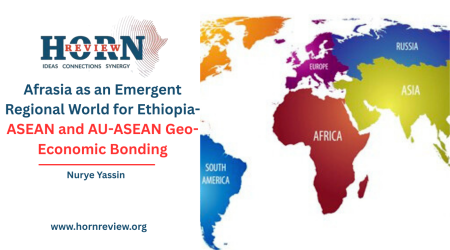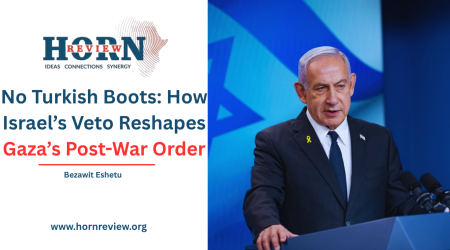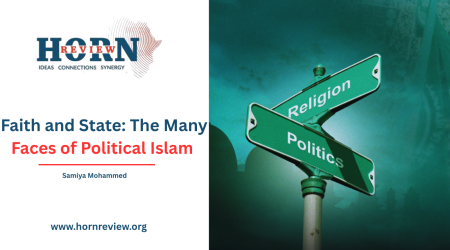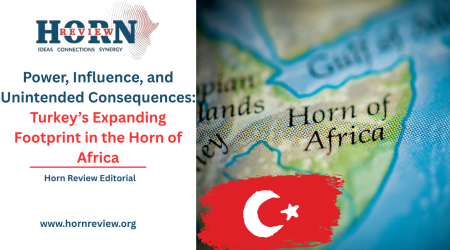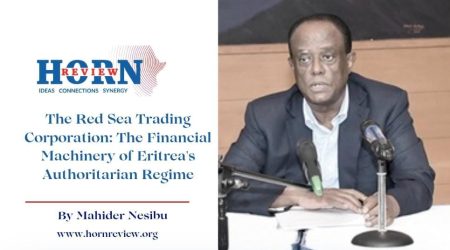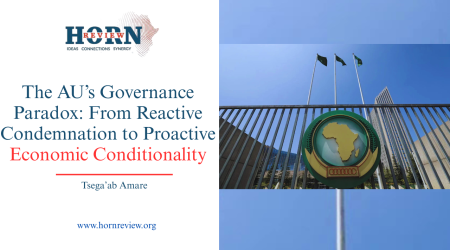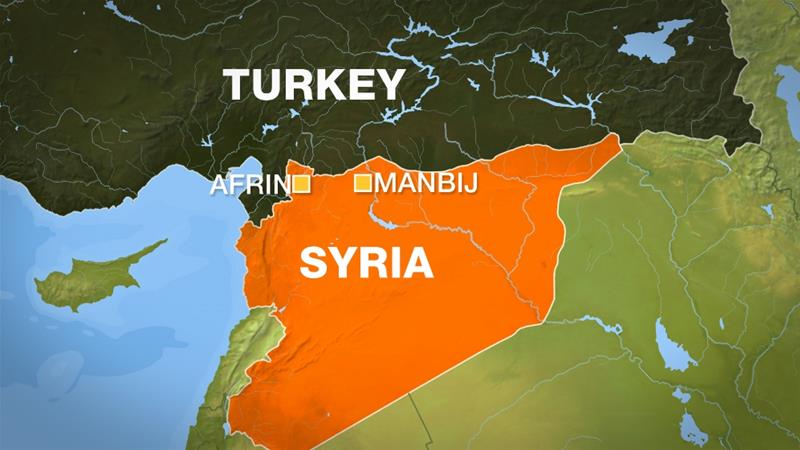
24
Apr
Navigating the realities of Post Assad Syria
Just a few months ago, one of the Middle East’s longest-serving dictators, Bashar al-Assad, finally saw his grip on power slip away into the hands of rebel factions that for years had waged a bitter struggle against his rule. Assailed by sanctions, fractured by internal dissent and drained by an economic collapse, the Assad regime ultimately succumbed not simply to a sudden blitz of military force but to the slow grind of accumulated failures. Out of that vacuum rose Hay’at Tahrir al-Sham, better known as HTS, under the leadership of Ahmed al-Sharaa, who swiftly declared a new provisional constitution and formed a government poised to replace Assad’s shadow over Syria. Yet despite the bold rhetoric and the high hopes of a weary populace, the path ahead is strewn with obstacles that threaten to derail the fragile promise of a post-Assad Syria.
From the outset, the ascendancy of HTS has exposed the yawning gaps left by decades of authoritarian neglect. Public institutions like courts, schools, hospitals lie in ruins or operate under the thumb of local warlords. Civil servants, long accustomed to navigating Assad’s labyrinthine bureaucracy, find themselves adrift in a system that has yet to articulate clear procedures or establish reliable channels of accountability. In the eyes of most Syrians, the legitimacy of any new government now hinges not on slogans of liberation but on the swift delivery of basic services, something the new government has to manage.
HTS has taken steps to project an image of pragmatism and moderation. In a conscious effort to shake off its extremist origins, the group has toned down its ideological rhetoric, embraced elements of civil administration, and courted regional powers with diplomatic overtures. Ahmed al-Sharaa himself has crisscrossed the Middle East, meeting Iraq’s prime minister in Baghdad, seeking security guarantees from Turkey in Ankara, and holding preliminary talks with Gulf Arab leaders in Riyadh and Abu Dhabi. These engagements, while still tentative, suggest a recognition that international recognition and the flow of much-needed aid and investment will depend on HTS’s ability to present a more moderate face.
Even as HTS’s government seeks broader acceptance, questions linger about its capacity to govern impartially and inclusively. Syria is home to a mosaic of ethnic and religious communities, each bearing scars from the brutal civil war that ravaged the country. Syria’s Christian minority, in particular, remains deeply anxious after years of persecution at the hands of hard-line Islamist militias. These fault lines run deep, addressing them will require significant effort.
Complicating matters further is the fragmented security landscape that persists across Syria. Though HTS claims Damascus as its seat of power, it does not enjoy uncontested authority everywhere. In the northeast, the Kurdish-led SDF continues to govern vast swathes of territory, controlling oil fields and agricultural heartlands, and insisting on autonomy in any future settlement. Meanwhile, foreign forces remain entrenched: American troops hold strategic positions ostensibly to detain Islamic State fighters whilst controlling critical oil infrastructures, while Turkey backs the HTS and its new government, and Israel has “indefinitely” encroached territories on the boarder. Syria’s challenge is not merely to govern what it holds but to negotiate the withdrawal or integration of these competing armed actors into a unified national framework, a feat that has even challenged veteran governments in the middle east.
Economically, the picture is no less dire. Years of conflict have decimated Syria’s productive capacity: factories stand abandoned, farmlands lie fallow, and inflation has skyrocketed local prices. International sanctions, imposed in the final years of Assad’s rule and largely maintained by Western powers wary of legitimizing HTS, continue to choke off foreign investment and restrict banking operations. Al-Sharaa is taking significant steps to convince the international community to lift Syria’s sanctions, managing positive yet limited respaces. actual progress however, will depend on navigating a web of international distrust and proving that Syria is on a path to peace and functionality.
The new HTS government and Ahmed al-Sharaa are promising elements in the path forward, however the most crucial ingredient for Syria’s fragile renaissance maybe reconciliation. Decades of authoritarian rule, two civil wars, and foreign interventions have eroded trust among communities and between citizens and the state. Truth-and-reconciliation efforts, akin to those employed in other post-conflict societies, could help surface past injustices, foster dialogue, and establish a shared narrative of what happened. Local peace committees, comprising elders, religious, might mediate disputes and prevent localized flare-ups from reigniting broader violence. For many Syrians, the promise of a new era hinges not on zero-sum victories but on the willingness of neighbours, once bitter foes, to rebuild their lives side by side.
By Mahider Nesibu,Researcher, Horn Review

